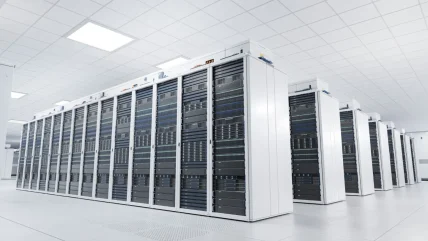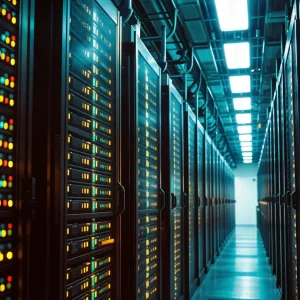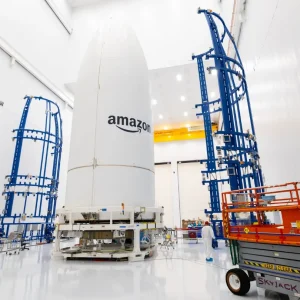
40% of existing artificial intelligence (AI) data centres will face operational constraints due to power shortages, according to a new report by Gartner. These challenges, the consulting firm added, will be compounded by rising demand for AI and generative AI (GenAI) technologies, which are placing unprecedented pressure on data centres’ power resources.
The surge in power demands, largely attributed to the proliferation of AI-optimised servers, could potentially impact both operational efficiency and expansion efforts, warns Gartner. By 2027, power usage is expected to reach 500 terawatt-hours (TWh) annually, more than doubling the 2023 level of 195TWh, with a steady increase from 74TWh in 2022 to 500TWh in 2027.
“The explosive growth of new hyperscale data centres to implement GenAI is creating an insatiable demand for power that will exceed the ability of utility providers to expand their capacity fast enough,” said Gartner VP Analyst Bob Johnson. “In turn, this threatens to disrupt energy availability and lead to shortages, which will limit the growth of new data centres for GenAI and other uses from 2026.”
Rising energy costs and impacts on AI development
Amid skyrocketing electricity consumption, Gartner warns that power shortages could drive significant increases in operational costs for organisations deploying large language models (LLMs). The cost of electricity is projected to rise as power demand outstrips supply, making running AI models significantly more expensive.
Gartner has advised organisations to integrate these expected cost increases into their operational strategies. The consulting firm recommends negotiating long-term contracts with data centre providers to lock in favourable power rates and mitigate potential price volatility. Organisations are also encouraged to re-evaluate their long-term plans to account for rising power costs when developing new products and services.
Increasing power demand is also creating new challenges for sustainability targets. In the short term, power suppliers are responding by keeping older fossil fuel power plants operational beyond their planned retirement. This strategy risks delaying the transition towards zero-carbon power sources and may undermine global sustainability goals.
Gartner highlights the difficulty of ensuring 24/7 power availability solely from renewable sources, such as wind and solar. These renewable sources often require supplementary systems during periods of low production, making them unreliable for continuous power needs.
Currently, consistent power supply is achievable mainly through hydroelectric, fossil fuel, or nuclear energy. However, Gartner points out that emerging technologies, such as enhanced battery storage solutions like sodium-ion batteries and small nuclear reactors, could provide cleaner and more consistent energy for data centres in the future.
In response to these projected constraints, Gartner advises organisations to reassess their carbon emissions targets and sustainability goals in line with the anticipated energy demands of AI data centres. Companies developing GenAI applications are encouraged to explore methods to reduce power consumption, such as utilising edge computing or focusing on smaller language models.
A recent report by McKinsey reveals that Europe’s data centre power consumption could nearly triple, rising from approximately 62TWh to over 150TWh by 2030. Currently accounting for about 2% of total power consumption, data centres are projected to represent around 5% of Europe’s electricity usage within the next six years.






